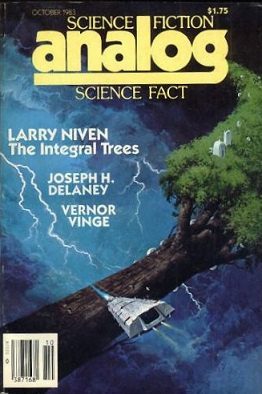Faolyn
(she/her)
Lots of air elementals and their kin. Probably a lot of flying creatures don't have legs. Dragons may be more serpentine. Sea creatures would be adapted to air--just slap wings or a balloon on a whale or aboleth. Swarms of insects would replace krill.
Much like the oceans, there's going to be "oases" surrounding the islands (or patches of solid fog, as Kobold Avenger mentioned), and "deserts" where there's next to no life.
Much like the oceans, there's going to be "oases" surrounding the islands (or patches of solid fog, as Kobold Avenger mentioned), and "deserts" where there's next to no life.




